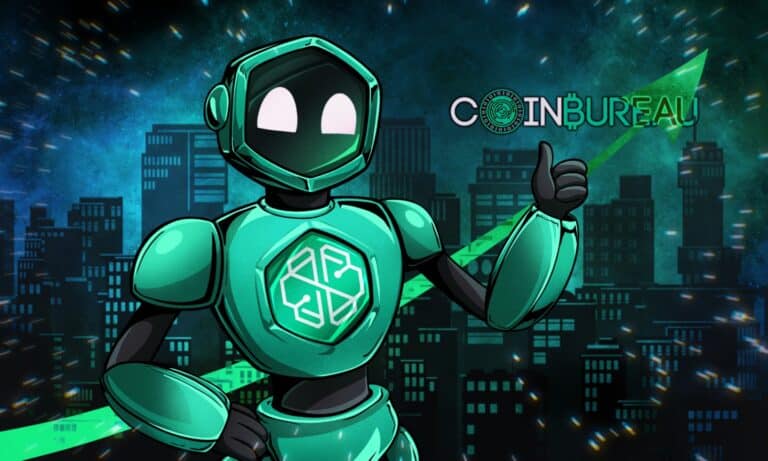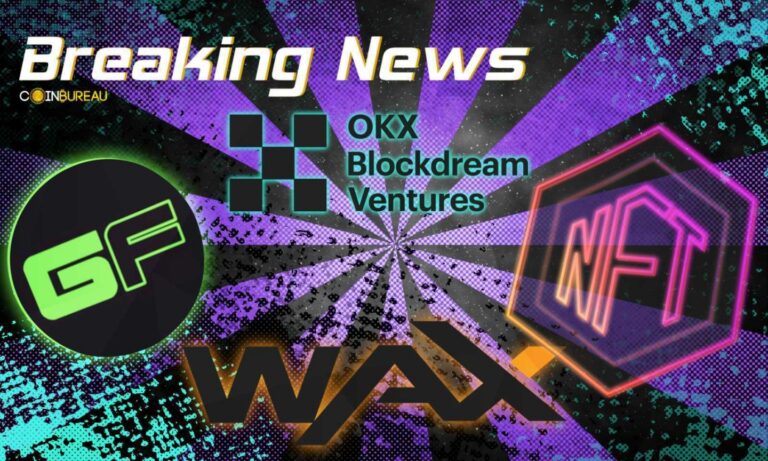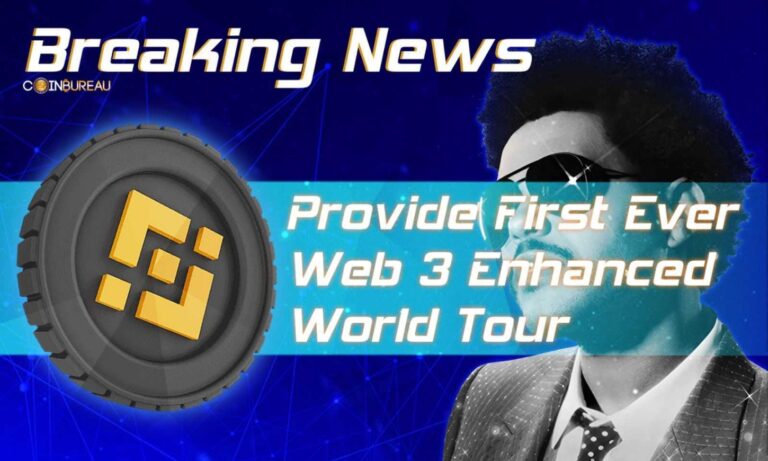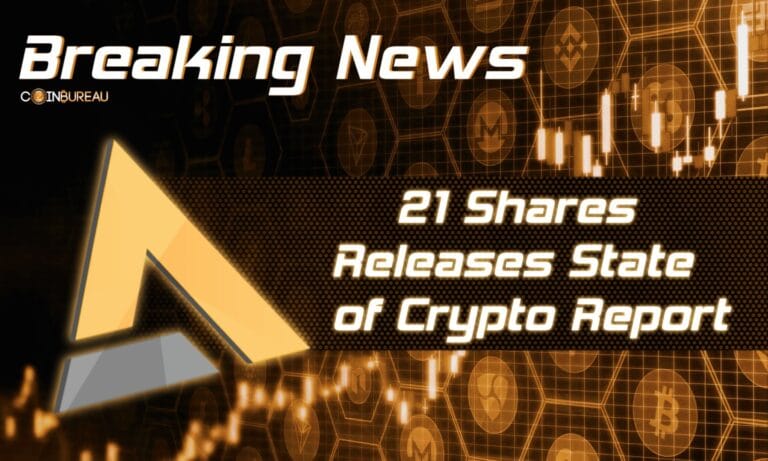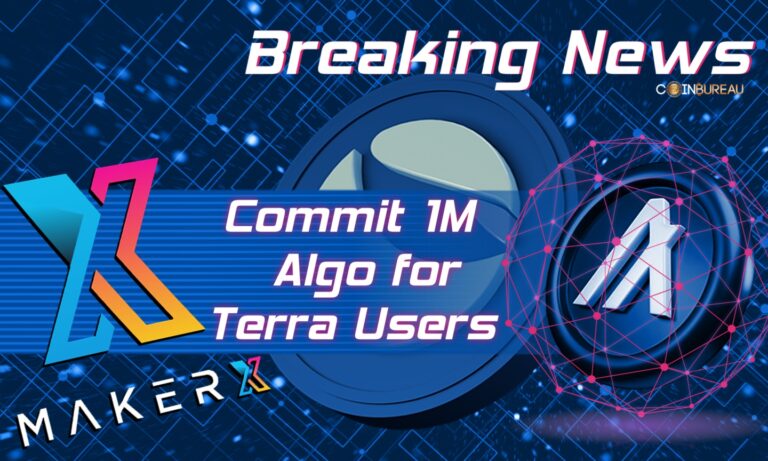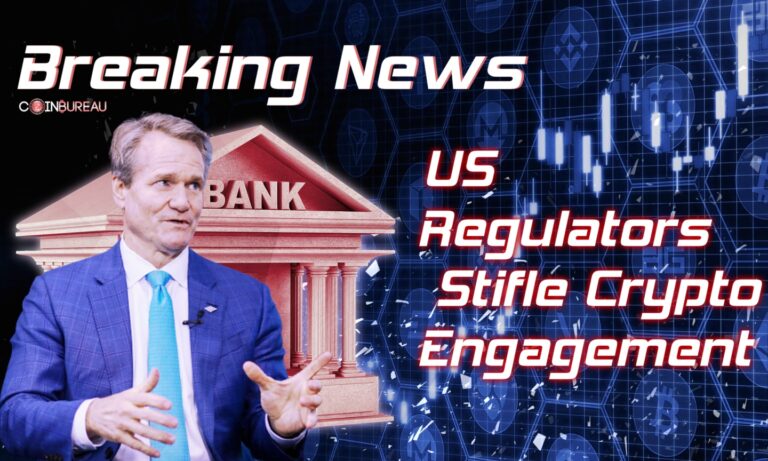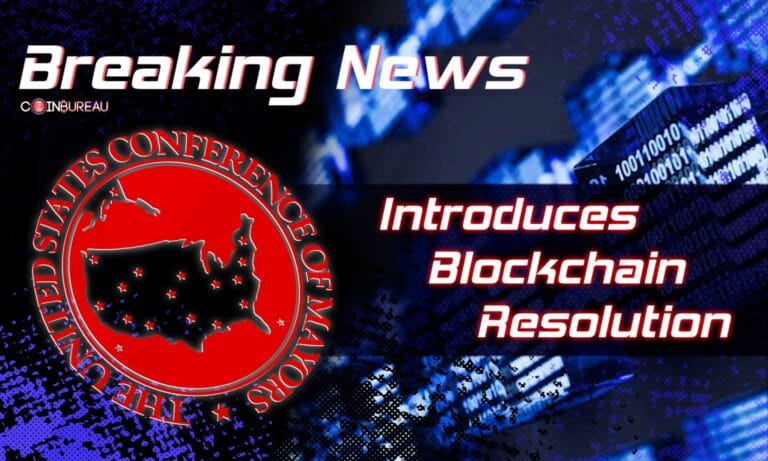Whenever you hear the word cryptocurrency, one of the first things that comes to mind is a “blockchain”. The decentralised and immutable ledger where all of the transactions are recorded and stored. However, there is one development initiative that aims to be Blockchain free.
First reported by Coindesk, the co-author of the SPECTRE protocol Yonatan Sompolinsky is to release this project in 2018. The main drive behind this initiative is solving the issue of transaction speed across decentralised ledgers.
There are also a host of other skilled developers and business leaders who will be joining the project. They include the other co-author Yoad Lewenberg, researcher Ethan Hileman as well as Guy Corem who ran the Israeli bitcoin mining operation Spondoolies-Tech. The team has founded DAGlabs which will be completing a Series A funding round pretty soon.
The start-up aims to be the first to operate via a protocol called direct acyclic graph (DAG). The hope is that it will finally be the way in which a payments rail can be built with distributed ledger technology. This will also have a Proof-of-Work (POW) mining algorithm where ordinary individuals can mine the coins and compete for the rewards. Yet, Sompolinsky did not see this as a competition to Bitcoin but more a “boutique” and “niche” specific offering.
Page Contents 👉
A Problem of the Blockchain

Sompolinsky also wants the new cryptocurrency to be a “vehicle” of sorts for particular ideas to be tested in normal market conditions. He also took on the current list of ICOs that used untested concepts and don't even consider questioning the concept of the chain. He said:
There are not 800 projects that implement a concept like DAG. Very, very few, maybe less than five that I know of, try to scale up the layer one. There are not 800 projects that say we should abandon the concept of the chain in favor of a graph of blocks
Once the network is complete, the appeal should be the speed with which the transactions can be sent with really fast confirmations and low transaction fees. They also are exploring the possibility of issuing tokens in stages based on the level of support shown by individuals. This was what happened with the ZCash company which develops the ZCash token.
Explanation of DAG
For most people who are involved in cryptocurrencies, the notion of separating blockchain base from the coins is indeed quite surprising. Blockchain technology and decentralised ledgers are indeed some of the most touted “disruptors” in nearly all spheres of public life.
Yet, the notion of separating the idea of a blockchain from the cryptocurrency itself is not really new and has been floating around for a number of years.
Central to the idea is that the manner in which transactions are processed and ordered into blocks, which are then verified and added to a chain, can be improved on. For example, with the SPECTRE protocol, one can create around 10 blocks per second. Each of these blocks are created through multiple threads and are intermingled. Once compiled, they are voted on by the miners whereby the most-referential block graph.
Of course, there are concerns about bandwidth and congestion on the network with a system like this. Yet, they are looking at solutions whereby participants are rewarded for behaving correctly.
Some Similarities to Ethereum
For those that are well versed in the Ethereum protocol, this idea of voting the most referential blocks is similar to the way in which the Ethereum network handles “Uncle” blocks. These are blocks that that are created and are too late to be included on the main chain.
These Uncle blocks still required a reasonable amount of work to create and hence the miner should still be rewarded. Although these blocks are not included on the main chain, they still get referenced by the Ethereum blockchain.
Moreover, it seems as if the developers at Ethereum want to implement similar technology with their Casper GHOST Protocol. This protocol is currently being developed to allow the Ethereum network to move from proof-of-work mining to proof-of-stake (POS) mining.
Still Work to Be Done
There are still a few things that need to be worked on before the project can launch on the open market. They will release the final protocol in the whitepaper called SPECTRE2 and will begin testing the technology towards the back end of next year. They are aiming for a launch not that long after that.
There are also other exciting partnerships and proposals that DAGLabs is working. For example, they have been working with the MimbleWimble cryptocurrency which was designed to be completely private. They are also considering the implementation of DAG smart contracts that can be coded on the platform.
Perhaps the most interesting stage of the project will be when the DAG infrastructure has progressed to a stage where it can be used a concept called “merged mining”. This is merely when a mining rig can be used to mine a number of different cryptocurrencies.
The project seems really interesting and could fundamentally change the blockchain based dogma of most cryptocurrencies. Indeed, the use of traditional fundraising over a simple and over utilised ICO is further proof that the team is building something fundamentally different.
Images via Fotolia


